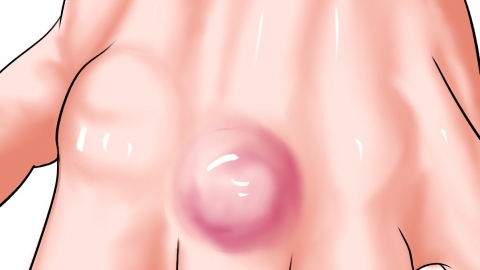How to check uric acid
Generally, uric acid tests usually include fasting blood uric acid test, 24-hour urinary uric acid test, urine pH measurement, kidney function tests, and joint ultrasound examination. The details are as follows:

1. Fasting Blood Uric Acid Test: A venous blood sample is taken after fasting for more than 8 hours to measure the concentration of uric acid in the blood, directly reflecting the body's uric acid levels. This test is simple to perform and is a commonly used basic test in clinical practice, capable of preliminarily determining whether uric acid levels are elevated.
2. 24-Hour Urinary Uric Acid Test: This involves collecting all urine over a 24-hour period to measure the total uric acid content, thereby assessing uric acid excretion. This test can differentiate whether elevated uric acid levels are due to overproduction or reduced excretion, providing reference information for treatment decisions.
3. Urine pH Measurement: This test measures the acidity or alkalinity of urine. Uric acid has higher solubility in an alkaline environment, while acidic urine easily leads to uric acid crystal formation. This test helps assess the urinary environment during uric acid excretion and guides the prevention of uric acid stones.
4. Kidney Function Tests: These evaluate kidney function by measuring indicators such as serum creatinine and blood urea nitrogen. The kidneys are the primary organs responsible for uric acid excretion, and impaired kidney function may affect uric acid metabolism. These tests can indirectly help identify the causes of elevated uric acid levels.
5. Joint Ultrasound Examination: Ultrasound imaging of commonly affected joints can detect urate crystal deposition and synovial thickening. This test assists in determining whether elevated uric acid levels have caused joint damage and provides a basis for assessing disease progression.
If a uric acid test is needed, follow the doctor's instructions for preparation, such as fasting and properly collecting urine, to ensure accurate results. After testing, a doctor will interpret the results in combination with symptoms and other indicators to determine the situation before taking appropriate actions.




